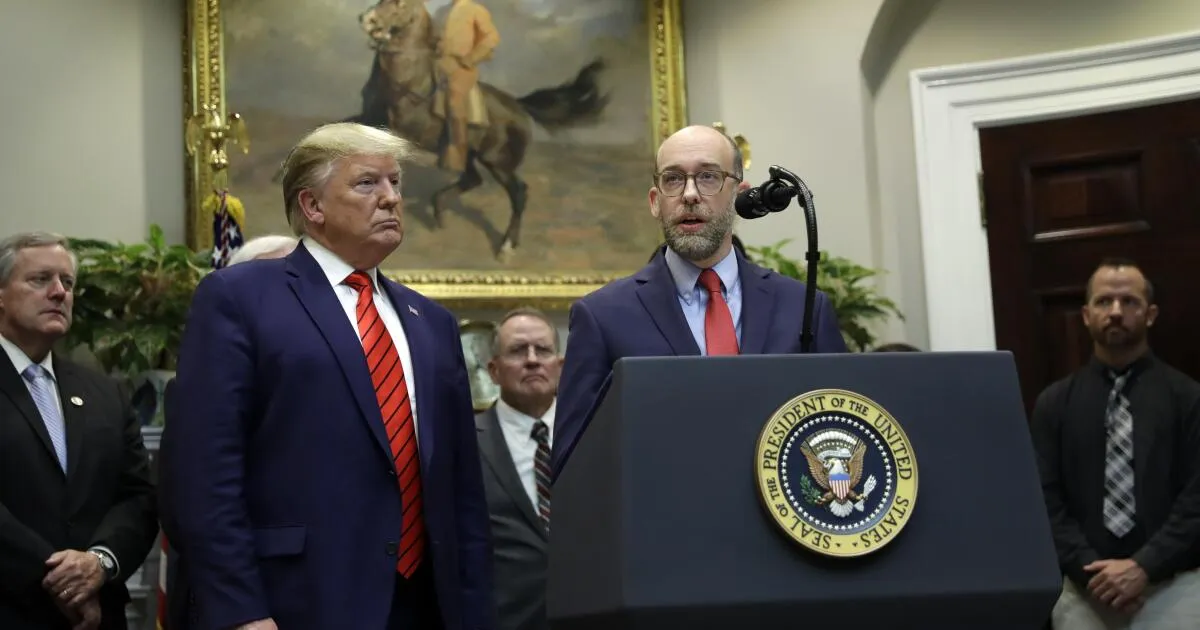
On Tuesday, the Supreme Court cleared the way for the Trump administration to potentially lay off tens of thousands of federal employees and downsize various federal agencies without requiring approval from Congress. In a decisive 8-1 vote, the justices lifted a previous order from a federal judge in San Francisco that had blocked mass layoffs across more than 20 departments and agencies. This ruling underscores the court's consistent alignment with President Trump regarding his expansive interpretation of executive power in matters related to federal agencies.
In a brief order, the Supreme Court indicated that "the Government is likely to succeed on its argument that the Executive Order and Memorandum are lawful," directly referring to the administration's plans to reduce staffing levels. However, the court made it clear that it was not making a judgment on specific layoffs at this time. Justice Sonia Sotomayor agreed with the ruling, emphasizing that it was narrow and temporary in nature. In contrast, Justice Ketanji Brown Jackson was the sole dissenting voice, arguing that the court's intervention was unwarranted. She stated, “Under our Constitution, Congress has the power to establish administrative agencies and detail their functions.”
The case brought before the Supreme Court raised a critical question: whether Congress or the President holds the authority to downsize federal agencies. U.S. District Judge Susan Illston from San Francisco had previously ruled that it is Congress—not the President—that creates federal agencies and determines their size and functions. In her May 22 ruling, she asserted, “Agencies may not conduct large-scale reorganizations and reductions in force in blatant disregard of Congress’s mandates, and a president may not initiate large-scale executive branch reorganization without partnering with Congress.” Her ruling had blocked more than 20 departments and agencies from executing mass layoffs in response to an executive order issued by Trump.
The departments impacted by the potential layoffs include major federal entities such as the Department of Commerce, Department of Energy, Department of Health and Human Services, Department of Housing and Urban Development, Department of Interior, Department of Labor, Department of State, Department of Treasury, Department of Transportation, and Department of Veterans Affairs. Additionally, agencies such as the Environmental Protection Agency, the General Services Administration, and the National Science Foundation are also included. The Health and Human Services Department has indicated plans to cut between 8,000 and 10,000 positions, while the Energy Department aims to eliminate around 8,500 jobs. Initially, the Veterans Administration planned to lay off 83,000 employees but recently revised that number to approximately 30,000.
Labor unions have initiated lawsuits against these layoffs, asserting that they are illegal. Judge Illston agreed that the agencies were not independently deciding to reduce their workforce; rather, the restructuring efforts were being spearheaded by Trump’s Office of Management and Budget, under the leadership of Russ Vought. She reiterated that only Congress possesses the authority to reorganize federal agencies. The U.S. 9th Circuit Court of Appeals had previously declined the administration's appeal, voting 2-1 against it.
In response to the ruling, Trump’s legal team has argued that the President holds the full authority to terminate tens of thousands of federal employees. Solicitor General D. John Sauer, representing the administration, stated in his appeal, “The Constitution does not erect a presumption against presidential control of agency staffing,” and emphasized that the President does not require special permission from Congress to manage federal employment levels. He further noted that federal law permits agencies to reduce their staffing as necessary, arguing that neither Congress nor the Executive Branch has ever intended for federal bureaucrats to have lifetime employment regardless of the workload.